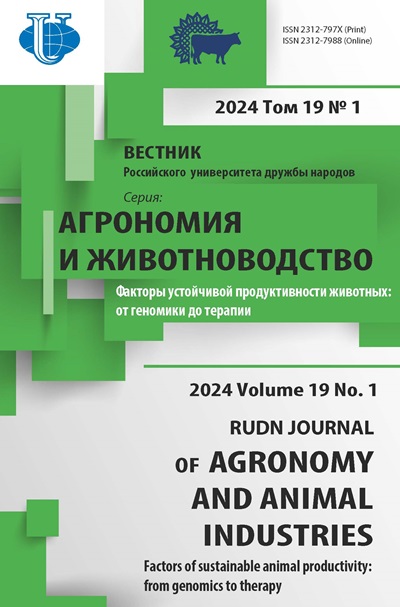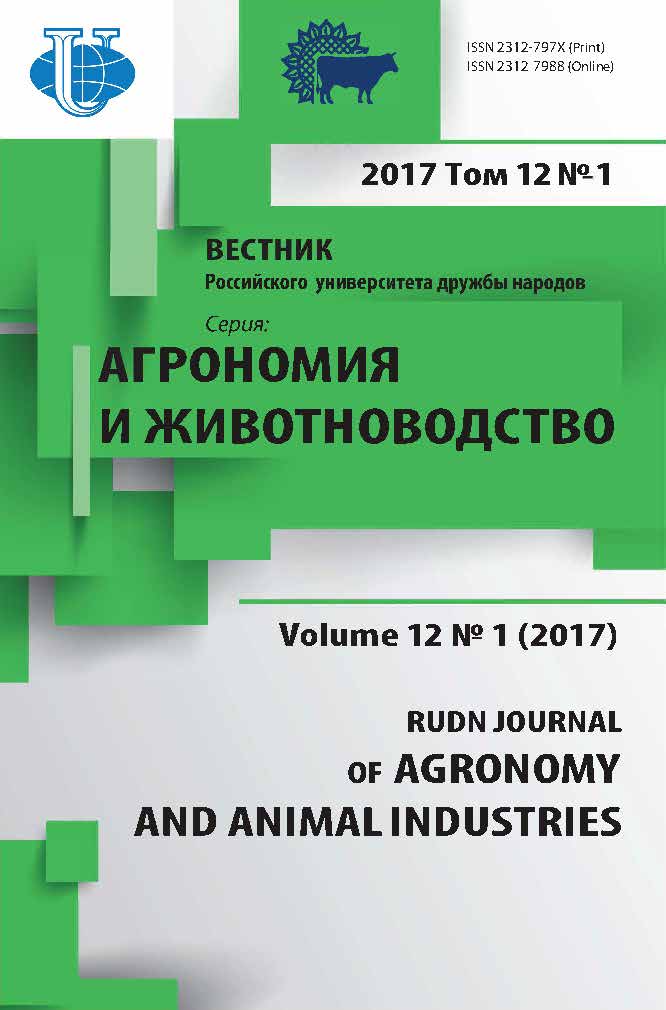Microbiological nutrient media the new format in the veterinary-sanitary assessment food and raw materials of animal origin
- Authors: Egorova IY.1, Nikitchenko VE2, Nikitchenko DV2, Chernysheva AN2, Rystsova EO2
-
Affiliations:
- SSI “All-Russian Scientific Research Institute of Veterinary Virology and Microbiology RAAS”
- Peoples’ Friendship University of Russia (RUDN University)
- Issue: Vol 12, No 1 (2017)
- Pages: 76-85
- Section: Veterinary sanitary inspection
- URL: https://agrojournal.rudn.ru/agronomy/article/view/15668
- DOI: https://doi.org/10.22363/2312-797X-2017-12-1-76-85
Cite item
Full Text
Abstract
About the authors
I Yu Egorova
SSI “All-Russian Scientific Research Institute of Veterinary Virology and Microbiology RAAS”
Author for correspondence.
Email: iegorova@list.ru
Academika Bakulova str., p. 1, Pos. Volginsky, Petushki district, Vladimir region, Russia, 601125
V E Nikitchenko
Peoples’ Friendship University of Russia (RUDN University)
Email: v.e.nikitchenko@mail.ru
Miklukho-Maklaya st., 6, Moscow, Russia, 117198
D V Nikitchenko
Peoples’ Friendship University of Russia (RUDN University)
Email: nikitchenko@mail.ru
Miklukho-Maklaya st., 6, Moscow, Russia, 117198
A N Chernysheva
Peoples’ Friendship University of Russia (RUDN University)
Email: v.e.nikitchenko@mail.ru
Miklukho-Maklaya st., 6, Moscow, Russia, 117198
E O Rystsova
Peoples’ Friendship University of Russia (RUDN University)
Email: v.e.nikitchenko@mail.ru
Miklukho-Maklaya st., 6, Moscow, Russia, 117198
References
















